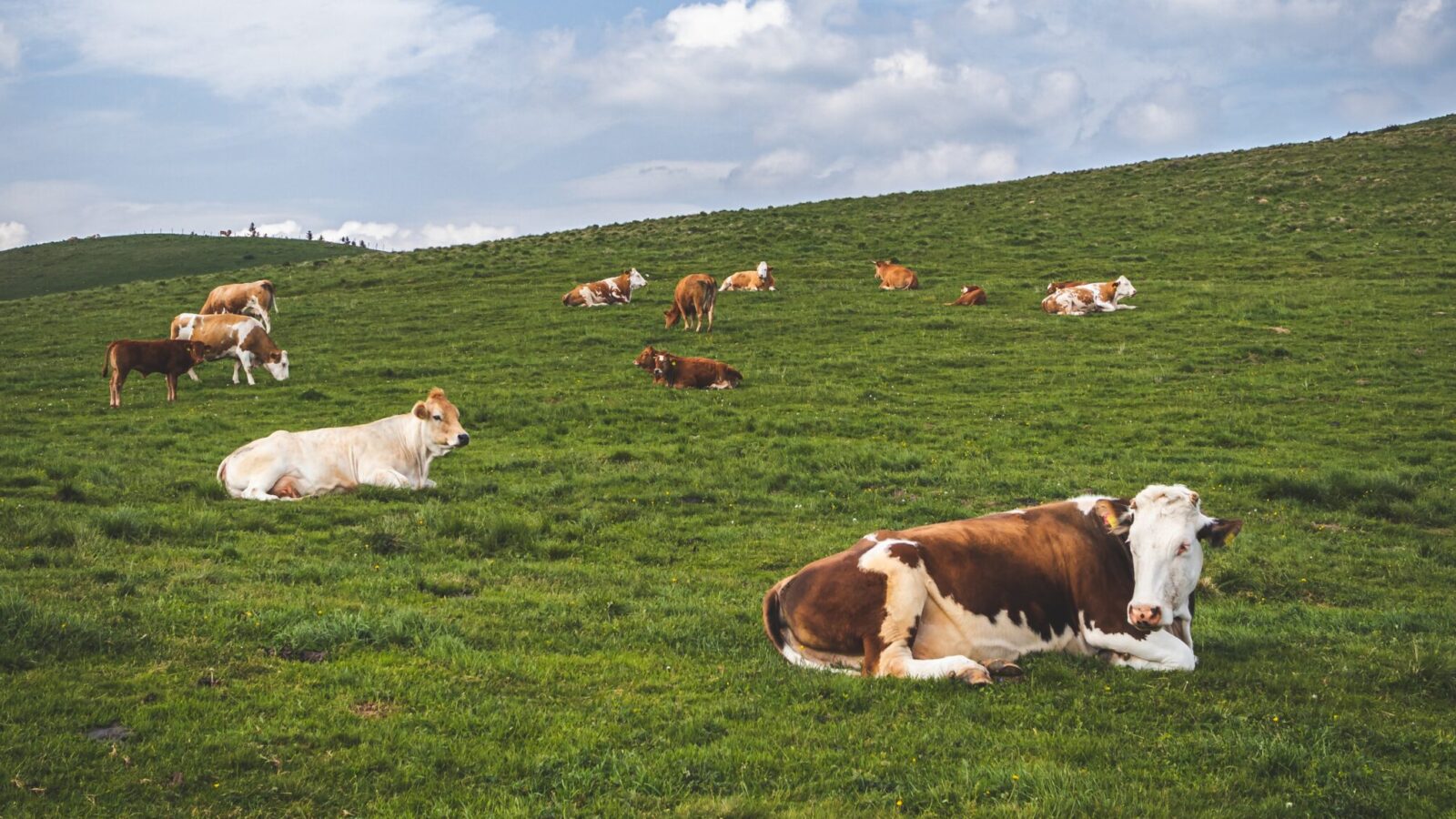
By: Joe McMahan, Innovation Center for U.S. Dairy
Permissions to post on behalf of: U.S. Dairy Export Council
Consumers today want high-quality, safe and nutritious dairy foods and ingredients that are produced in a way that is socially, economically and environmentally responsible. It’s not enough to say the dairy industry is doing something, we need to measure and demonstrate progress. I’m proud of the work our industry is doing to meet these expectations and be true leaders in sustainability. From our voluntary industry commitment to reduce greenhouse gas emissions of fluid milk by 25 percent by 2020, to the development of industry-wide programs to identify improvement opportunities and communicate progress, we’ve come a long way.
For example, we’ve developed The Stewardship and Sustainability Guide for U.S. Dairy, to provide a voluntary, standard framework for communicating our story of continuous improvement. The guide informs the use of environmental “Smart” tools such as Farm Smart, designed to measure, track, and communicate progress in areas such as energy efficiency and greenhouse gas emissions. These tools helps farmers and others in the value chain improve their environmental footprint while improving their economic bottom line.
The best way to ensure these tools have value is to test them in real-world supply chains, and we’re doing just that. For instance, in 2013 the Innovation Center for U.S. Dairy teamed up with McDonald’s and Prairie Farms Dairy to test the Smart Tools from farm to fleet to processing plant. Beyond testing usability and utility of the tools, this pilot fostered a deep sense of partnership within the supply chain. Through on-farm visits from McDonald’s staff, farmers had a first-hand opportunity to learn about their customers’ emerging sustainable supply expectations, and McDonald’s sustainability and supply leads had the opportunity to visit a dairy farm to experience where their milk comes from by talking directly with farmers.
These interactions were invaluable and fostered a sense of shared responsibility and commitment for providing quality, sustainable dairy products to customers. We’ve developed a video case study to share more about these efforts. This pilot and others have helped the industry refine and improve the tools to benefit farmers, the industry and, ultimately, assure consumers that the milk they buy is being responsibly produced.


